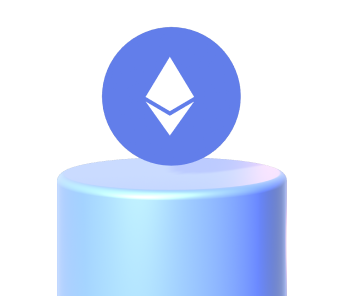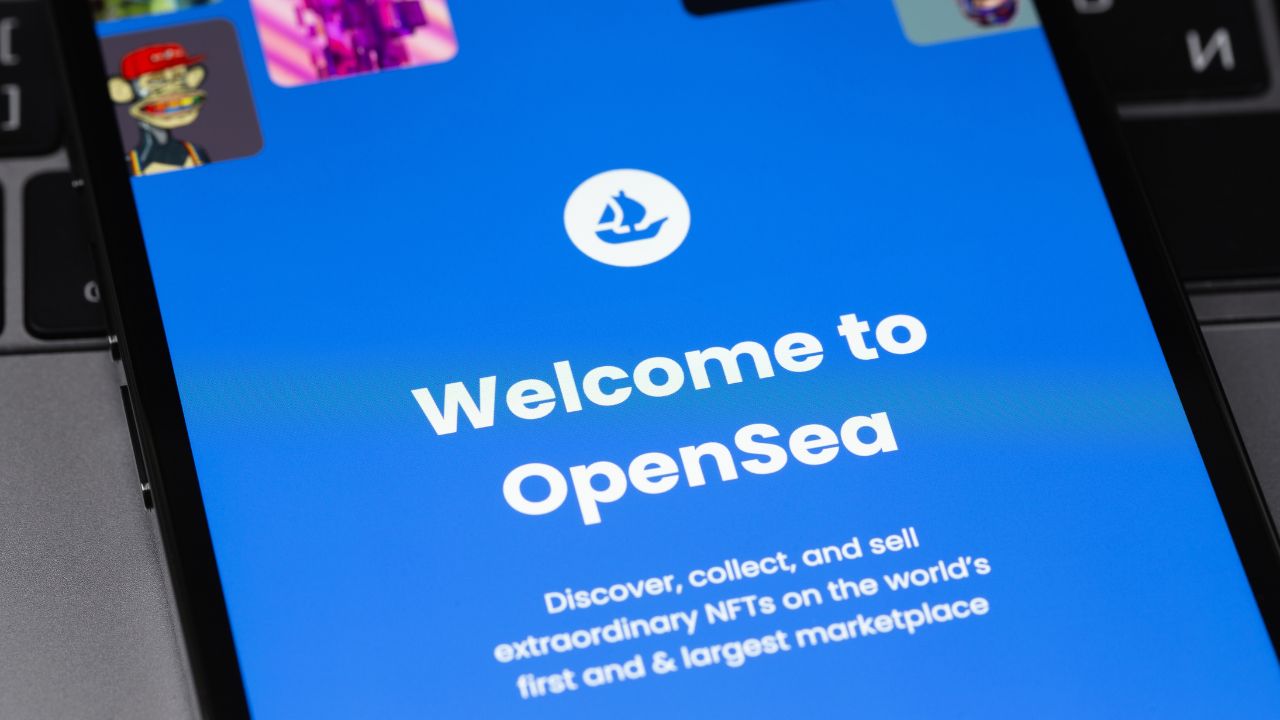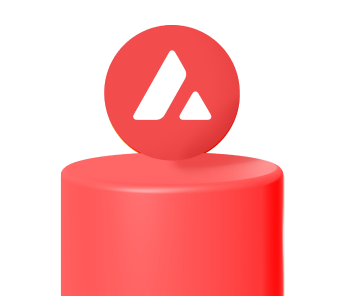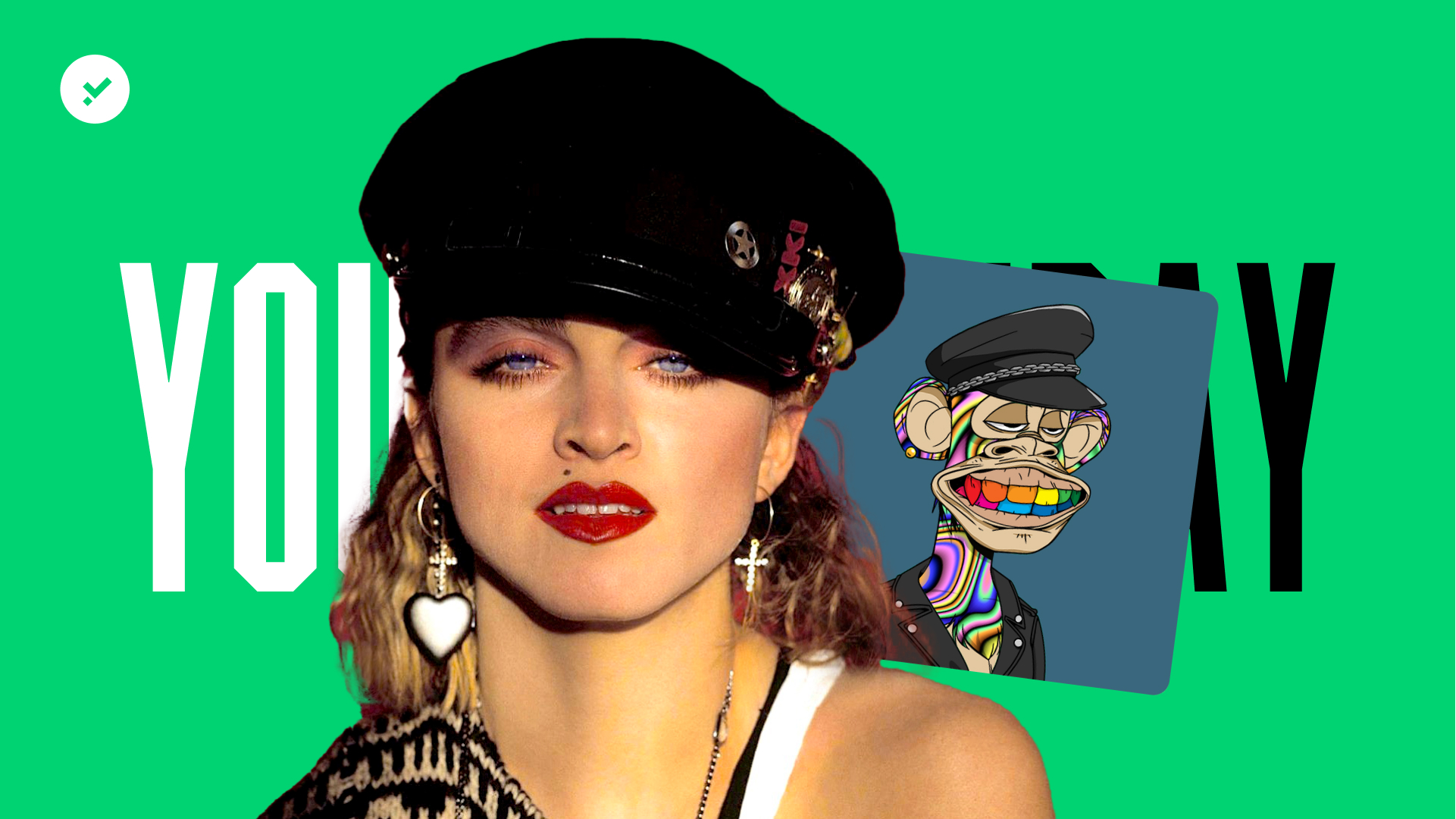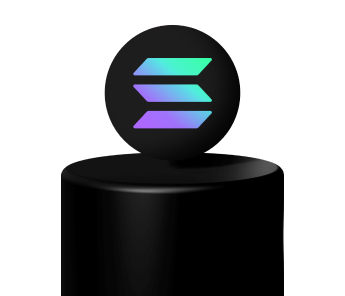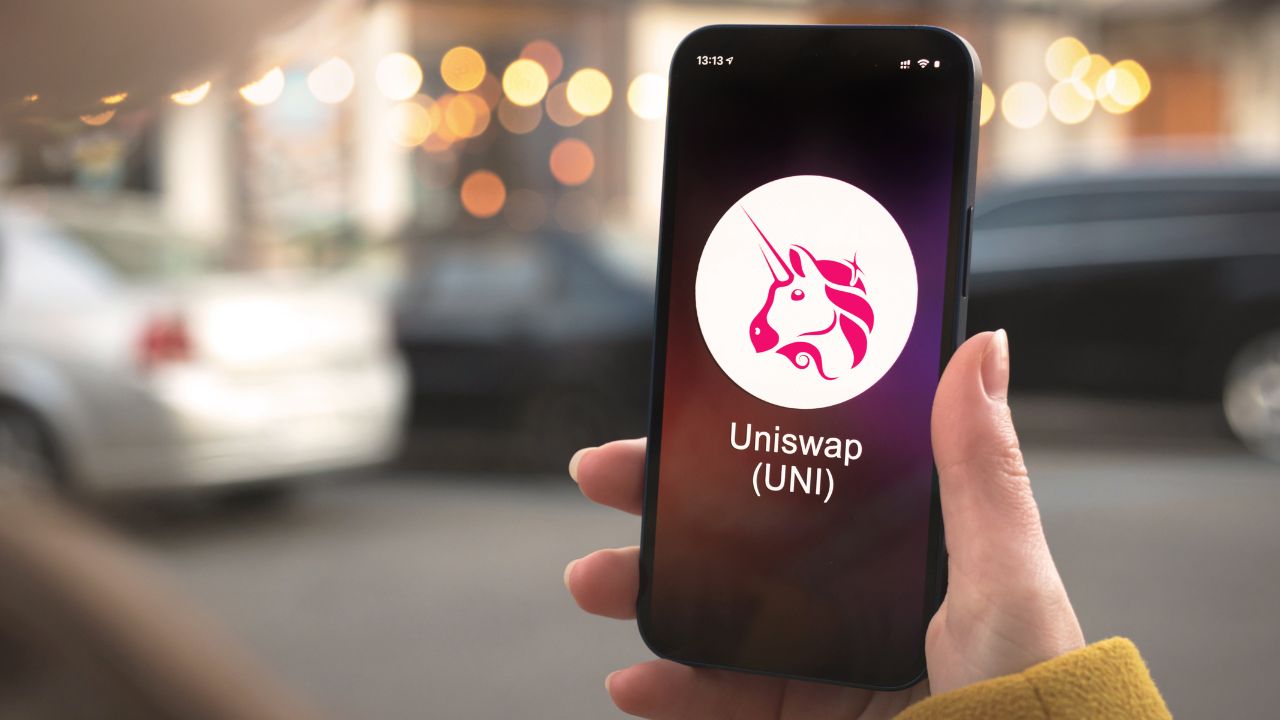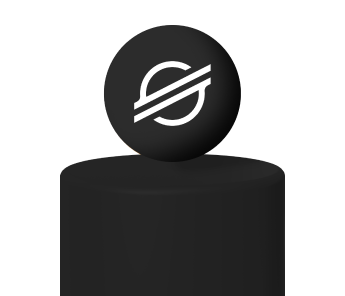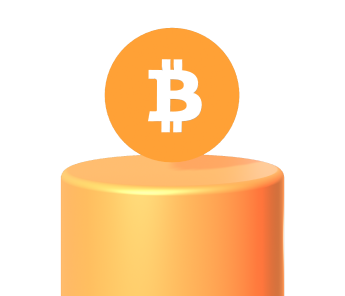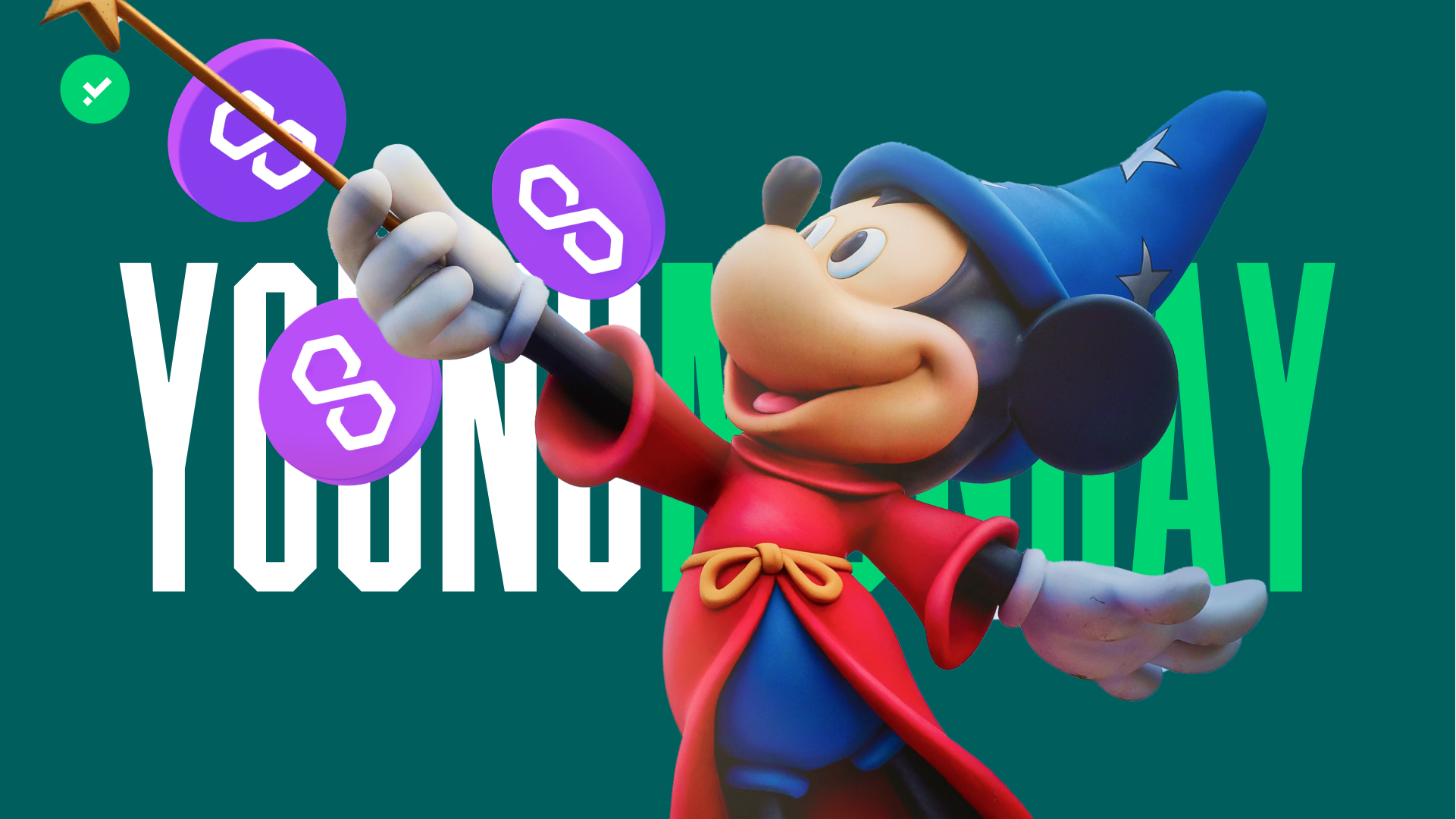The top 10 decisive crypto news stories of the first half of 2022? Discover the list of the most important events in the crypto space (so far)
With a flashback to these early months of the year, we look back at the 10 decisive news stories of the first half of 2022. Crypto is a sector in turmoil, and we have selected the events that have made their mark so far.
1. The collapse of the Terra (LUNA) ecosystem
One of the events that has had a major impact on the crypto world is certainly the Terra debacle. After what is called the ‘UST depegging incident’, in which Terra’s algorithmic stablecoin lost its dollar peg between the 9th and 10th of May, the network suffered a general meltdown that led Do Kwon to abandon ship and rebuild the project. The collapse came as a shock to the markets and the community. From being considered a top-of-the-line blockchain, Terra lost all its value in a very short time. Before losing the peg, UST was the third largest stablecoin by market cap! The causes of the collapse have not been clearly defined, but it is likely that Terra and LUNA suffered from a number of factors such as the bearish market. On the 28th of May, through a fork, the new Terra 2 network was released. The idea of Do Kwon and the community was to rebuild the ecosystem by sacrificing the weak element, the algorithmic stablecoin. Terra is currently trying to get back on its feet but user trust has not yet been regained, so much so that native dapps are migrating to other networks.
Our article covering LUNA 2.0’s airdrop:
● Terra 2 arrives, find out how the new LUNA’s airdrop works
2. Litecoin’s privacy update
After two years of development, the Mimblewimble update was activated on Litecoin‘s network in February 2022. The first altcoin in history is improving its privacy standards with this protocol that determines a new system to manage the storage of information on the blockchain. Mimblewimble adds Elliptic Curve Cryptography (ECC) to Litecoin, a type of cryptography that allows sensitive information to be rendered invisible when transactions are validated and recorded. In addition to the other four types of cryptography, ECC is already operating on Litecoin. Each type of cryptography hides different data such as values, senders and recipients. Litecoin is thus working on privacy at several levels. Mimblewimble also increases the scalability of Litecoin, as the less information that needs to be recorded, the smoother the blockchain will work.
Our Academy article dedicated to the Mimblewimble update:
● Litecoin: the privacy of Mimblewimble
3. Crypto and the conflict in Ukraine
On the 24th of February, a conflict broke out in Europe that still shows no sign of ending. Two days after Russia’s initial military escalation, Ukraine‘s official Twitter profile posted the address of a wallet with an invitation to donate cryptocurrencies. Aid to the invaded country came via blockchain, with cryptocurrencies proving to be the most effective and fastest way to bring in economic resources from abroad, especially after banking systems were compromised. In fact, to avoid the collapse of their banking system, Ukraine restricted money withdrawals from the early stages of the conflict and subsequently froze them. In less than a month, around 100 million dollars in crypto donations arrived. Ukrainian President Volodymyr Zelenskyy signed a law on virtual assets on the 16th of March 2022, making cryptocurrencies legal in the country. Ukraine has opened a digital museum that will store and sell NFTs documenting the war.
4. The Bored Ape Yacht Club makes NFT history
The Bored Ape Yacht Club’s sensational year began with the acquisition of CryptoPunks, one of the first NFT collections to become famous for its sky-high prices. On the 12th of March, Yuga Labs bought the intellectual and commercial rights to CryptoPunks and Meebits for a rumoured sum of $200 million. Yuga Labs has thus brought together the most important NFTs on the crypto scene in terms of both popularity and sales. On the 17th of March, ApeCoin made its appearance. It’s an Ethereum token, developed as the key to the Bored Ape Metaverse. Delivering on their promise, within a few months BAYC announced, developed and launched the first demo of Otherside, its metaverse. Its LAND sales exceeded $1 billion. The Bored Ape Yacht Club is attracting entertainment personalities and has infiltrated pop culture, so much so that the first legal battles over the brand and its image are beginning to arrive.
BAYC updates:
● Yuga Labs hires NFT expert to breathe new life into Cryptopunks
5. The Layer 1 blockchain trend: reducing environmental impact
A recurring theme among blockchain initiatives in the first half of 2022 is the reduction of environmental impact. In April, Polygon released its plan to make MATIC a green cryptocurrency, promising that it would become carbon neutral by the end of 2022. Polygon succeeded in its venture back in June. The aim of MATIC‘s network is to make every operation on the blockchain sustainable from smart contract execution to NFT minting. After studying how much Polygon’s network pollutes, it was decided to offset emissions with carbon credits. For the Polygon team, the ambition, hard work, challenges and victories of blockchain will not be decisive without a concrete blueprint for cryptocurrency sustainability. Algorand has also chosen carbon credits, the purchase of which goes to finance projects that combat the emission of carbon dioxide into the atmosphere. On Earth Day (22nd of April), Micali’s blockchain sent an environmental message by disconnecting the electricity in Times Square in New York.
The green side of cryptocurrencies:
● Young Monday: Pride parades on The Sandbox, Polygon is now carbon neutral and Pharrell Williams’s NFT
6. The first Metaverse Fashion Week
Among the 10 decisive events of the first half of 2022 features the first Fashion Week in the history of the Metaverse. A virtual version of fashion week took place in Decentraland between the 24th and 27th of March. Etro, Tommy Hilfiger, Dolce and Gabbana presented their digital fashion items for avatars in the Metaverse with exclusive fashion shows and parties. Decentraland’s Fashion Week was designed to make haute couture accessible to everyone, not just insiders as is the case at events in Paris, Milan, New York.
When technology reframes haute couture:
● Meta and The Fabricant, 2 ways of understanding digital fashion
7. Football and crypto increasingly in tune
Sports marketing agencies are looking for crypto partnerships for their clients, according to industry experts there will be no niche in the world of sport that will stay away from blockchain for long. But football is the sport that is getting closer to cryptocurrencies than any other. Among the partnerships signed in recent months is one between Algorand and FIFA, with the blockchain becoming an official sponsor of the federation. The first major event in which Algorand will appear associated with FIFA will be the Qatar 2022 World Cup. Tezos has signed a deal with Manchester United to appear on the men’s and women’s first team training kits. Alessandro del Piero and Lionel Messi are ambassadors of Chiliz and Socios and Kylian Mbappé is the face of Sorare, fantasy football on Ethereum. NFT, fan tokens and sponsorship are a new way to build the relationship with fans.
Football and blockchain, the formation deployed:
● Complete guide to Sorare, the crypto fantasy football on Ethereum
8. The European Union approves crypto regulation
On the 30th of June, the European Union approved MiCA (Markets in Crypto Assets), a package of laws to regulate the cryptocurrency market. The document aims to impose standards on the industry to safeguard users. The MiCA provides rules for stablecoins, establishes legal and financial responsibilities in cases of bugs or insolvencies, and designates supervisory bodies and prerequisites for companies that want to provide services on blockchain. This is the first real EU initiative in the crypto field, and its effects will be decisive. MiCA is expected to enter into force by 2024, in the meantime crypto players will have time to adapt to the new regulations.
All points touched upon by MiCA:
● MiCA approved, new European crypto law to be ratified by late 2024
9. Solana works on a Web3 smartphone
In June, the Solana team announced the development of an Android smartphone integrated with all crypto services. Web3 is looking to move more to mobile platforms in order to facilitate the simple and immediate spread of blockchain technologies. Solana Saga is the name of the smartphone, and it will be compatible with the decentralised applications typical of Web3. Solana promises a technically impeccable smartphone: 6.67-inch screen with a refresh rate of 120Hz, 512 GB of memory, 12 GB of RAM, 50 MP camera and Snapdragon 8 Plus Gen1 processor. Solana Saga is attracting the attention and curiosity of many, so much so that even Polygon has revealed its mobile plans.
10. NFTs take to social media: Facebook, Twitter and Instagram
Web 2.0 platforms are also attracted to the possibilities of non-fungible tokens! The first rumours about the integration of NFTs on Meta date back to January 2022, at which time there were rumours about the preparation of Meta’s products to accommodate blockchain technologies. More recently Adam Mosseri, an Instagram executive, announced that he and his team had begun testing NFTs on the platform with the aim of supporting creators financially. Finally, in July, the Meta developers released previews of the integration of NFT on Facebook; it will soon be possible to associate one’s profile with collections or individual digital works and share them as posts. At first, only NFTs on Ethereum and Polygon will be supported, but in the future, those on other blockchains will also be integrated. Facebook is thus preparing to become an NFT platform. On Twitter it is already possible to show off your NFTs as profile pictures by linking to your wallet!
The NFT social journey:
● Facebook crypto breakthrough – NFTs arrive on the social network platform
The list of the 10 most important crypto news stories of the first half of 2022 ends here, but this year still has a lot to offer. One example? The Merge, Ethereum’s historic upgrade to Proof-of-Stake!

Sign up to Young Platform

